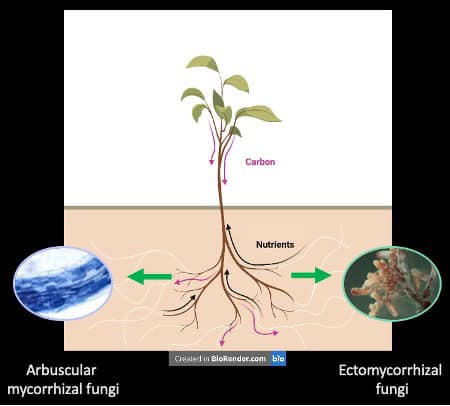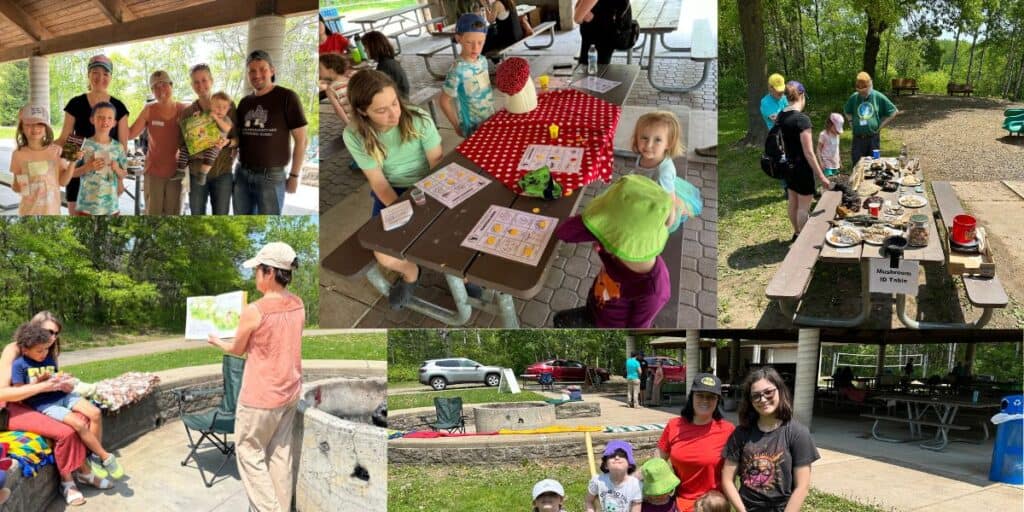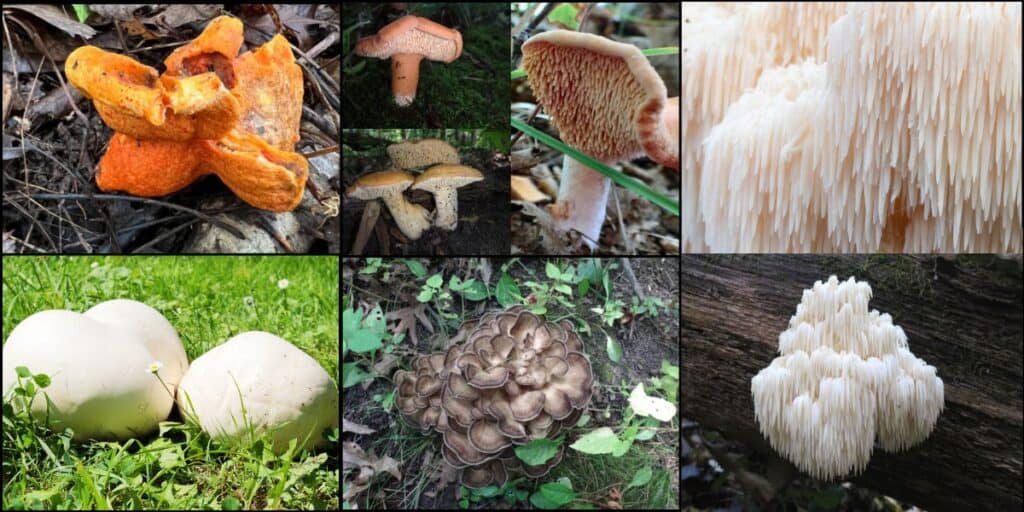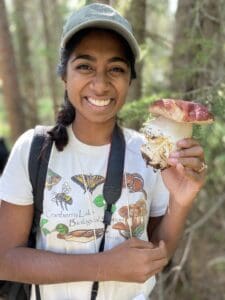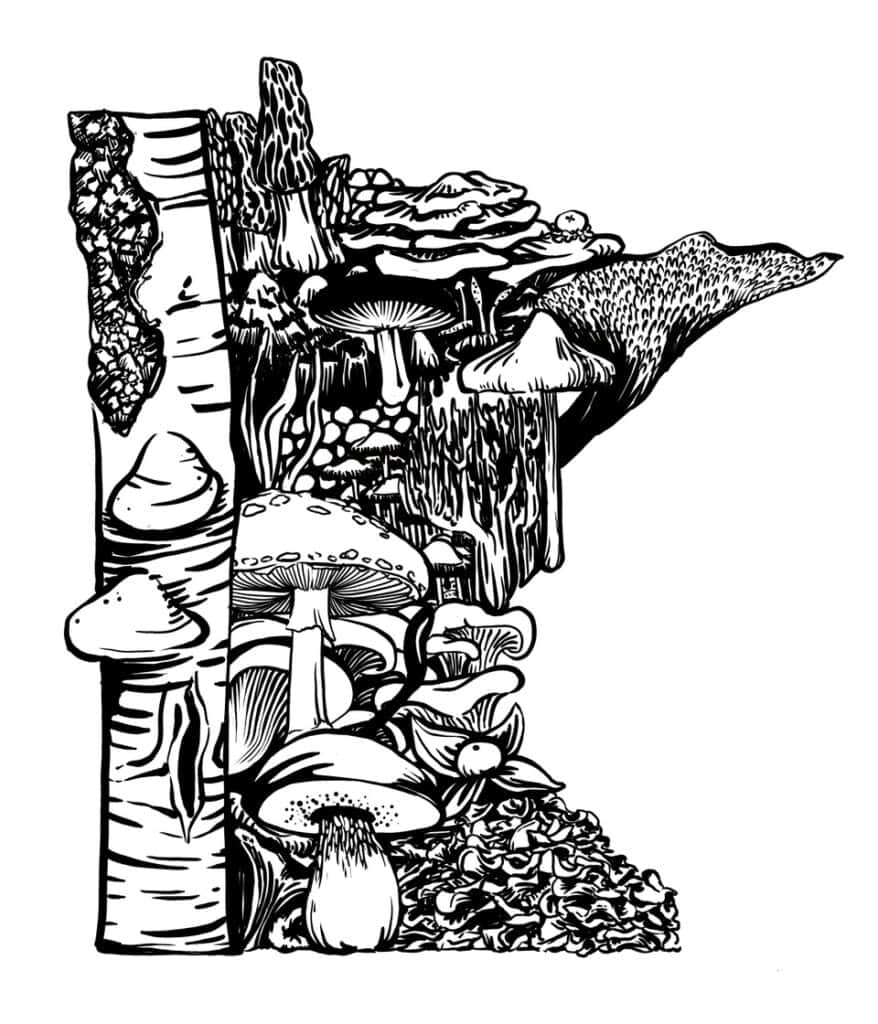Disentangling the Context Dependency of Mycorrhizal Relationships to Better Understand Current and Future Forest Structure
By Kathleen Thompson, 2024 Graduate Scholarship Winner
Plants access nutrients in two primary ways: directly through their roots and via specialized fungi, called mycorrhizal fungi, that live in close associations with their roots. This plant-fungal interaction primarily entails the trading of carbon from plants (assimilated during photosynthesis) for resources such as mineral nutrients and access to water from fungi. Though the exchange is often beneficial for both partners involved, it is highly context dependent and can vary from mutualistic to parasitic depending on the associated conditions.
AM or EM?
Of the multiple types of mycorrhizal fungi that exist, arbuscular mycorrhizal fungi (AM) and ectomycorrhizal (EM) fungi are the most abundant and widespread and constitute nearly all mycorrhizal partnerships formed with forest trees. Despite their shared role as “mycorrhizal symbionts”, AM and EM fungi have considerably different evolutionary histories as well as morphological and physiological traits; as a result, they maintain very different relationships with their associated plant partners.
A primary distinction between the two fungal guilds is their differential ability to access nutrients from organic material. EM fungi possess a greater repertoire of saprobic enzymes – both in number and functional capabilities – than AM fungi, which gives them the unique ability to enzymatically breakdown complex molecules and “mine” for nitrogen from soil organic matter. With this ability, EM fungi may offer an advantage to plants in nitrogen-limited environments, such as boreal and temperate forests; however, they are also hypothesized to be more carbon-costly to their associated plants. This interplay between benefits and costs could help explain the latitudinal gradient that currently exists with regards to mycorrhizal dominance in forested systems.
Where They Can Be Found
Currently, EM-associated plants dominate northern, boreal biomes, where nitrogen is bound up in large pools of soil organic matter. Plants that associate with EM fungi tend to have leaf litter that is nutrient poor (low in nitrogen compared to carbon) and challenging to decompose. This, paired with the short climatic window suitable for decomposition present at northern latitudes, may explain the aforementioned large pools of soil organic matter present in these areas. These conditions may, in turn, select for EM fungi, who are able to access nutrients from organic matter, further perpetuating the current forest composition in these areas.
Reciprocally, at tropical latitudes, nitrogen cycles more freely and can be more easily accessed without the use of strong enzymes (and hypothesized high carbon costs). This, paired with the longer climatic window for decomposition and relatively nutrient-dense and easily decomposable leaf litter of AM-associated plants, may select for less carbon-costly AM associations and perpetuate the current forest composition at these latitudes.
Predicting Future Paterns in the Forest
Although there is a well-established connection between mycorrhizal dominance and biogeochemical signatures and cycling, the specific factors driving the potential feedbacks between fungi, environment, and plants are not well understood – as well as how resilient they are to change. Currently, many previously EM-associated systems are transitioning to AM-associated. Therefore, understanding what drives and sustains the current latitudinal patterns of EM and AM tree dominance is important to our understanding and predictions of future forest structure as well as the associated biogeochemical consequences.
Getting to the “Root” of the Issue with Mycorrhizal Comparative Studies
This raises the question: what local-scale factors select for one mycorrhizal type over the other? Or, in other words: what is happening at the root zone that could be contributing to these broadscale patterns of forest structure? Comparative EM and AM studies are challenging as most tree species associate exclusively with EM or AM fungi following seedling maturity, which introduces a suite of confounding variables. (i.e., Are differences due to mycorrhizal type or due to plant species? Who knows!) However, certain tree species – such as members of genus Populus – are considered “dually colonized” species and possess the unique ability to associate with both EM and AM fungi throughout their lifespan and often simultaneously. This makes them useful models for mycorrhizal comparative studies. Since dually colonized species can theoretically exist along a gradient from primarily AM to primarily EM nutrient acquisition strategies, they may potentially reflect on a microscale the patterns playing out on larger geographic and evolutionary scales between plant species.

Using Populus trees, my research aimed to assess the role of 1) environmental factors related to costs (light level and soil moisture) and benefits (nitrogen availability), as well as 2) the interplay between genetics environment to see what tips the scales in favor of one mycorrhizal type versus another. Overall, we found 1) evidence that dually colonized Populus deltoides (Eastern cottonwood) is able to shift its mycorrhizal investment (more EM vs. more AM) in adaptive ways across environments, highlighting the influences of environmentally dependent costs and benefits in shaping plant mycorrhizal strategies, and 2) EM colonization in P. tremuloides (quaking aspen) is at least partially (~26%) controlled by genetics (~26%) and is genetically linked to litter chemistry (C:N), which may promote nutrient acquisition feedback loops. In summation, the results of this work contribute to our understanding of influences controlling the current ranges and distributions of tree species (including non-dual species), which is critical to understanding how these systems might change in the near and distant future.
About Kathleen Thompson
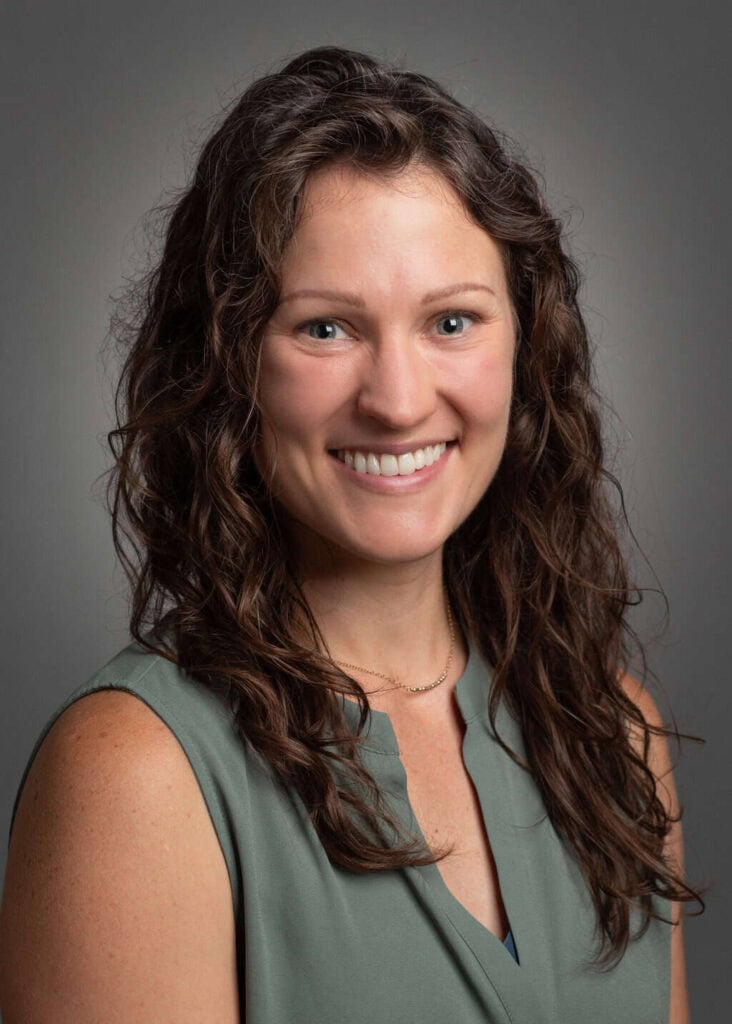
Kathleen is a fungal ecologist who is fascinated by fungal symbioses. She (very recently!) completed her PhD in Botany at the University of Wisconsin-Madison studying mycorrhizal interactions and previously completed a master’s degree in Ecology and Evolutionary Biology at Iowa State University studying lichen diversity and ecology. She had led numerous workshops related to fungal biology and served on the Madison Mycological Society board for over four years. When not musing over her fondness for fungi, you can find her tending to her sweet pups, Phoebe, Starbucks, and Corbin.

